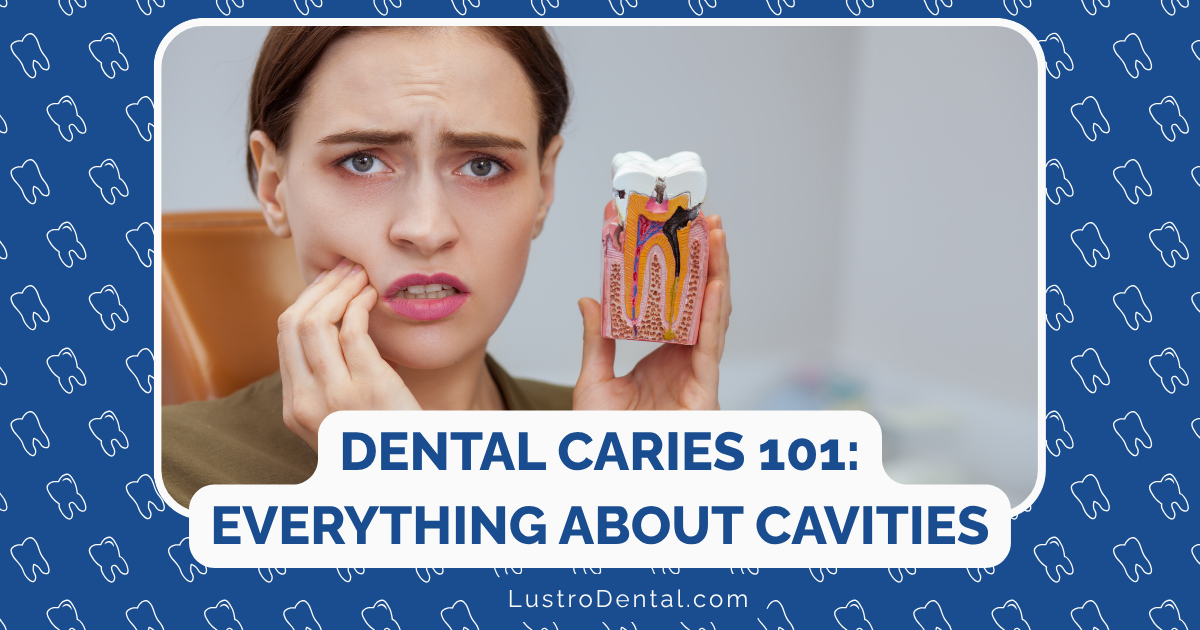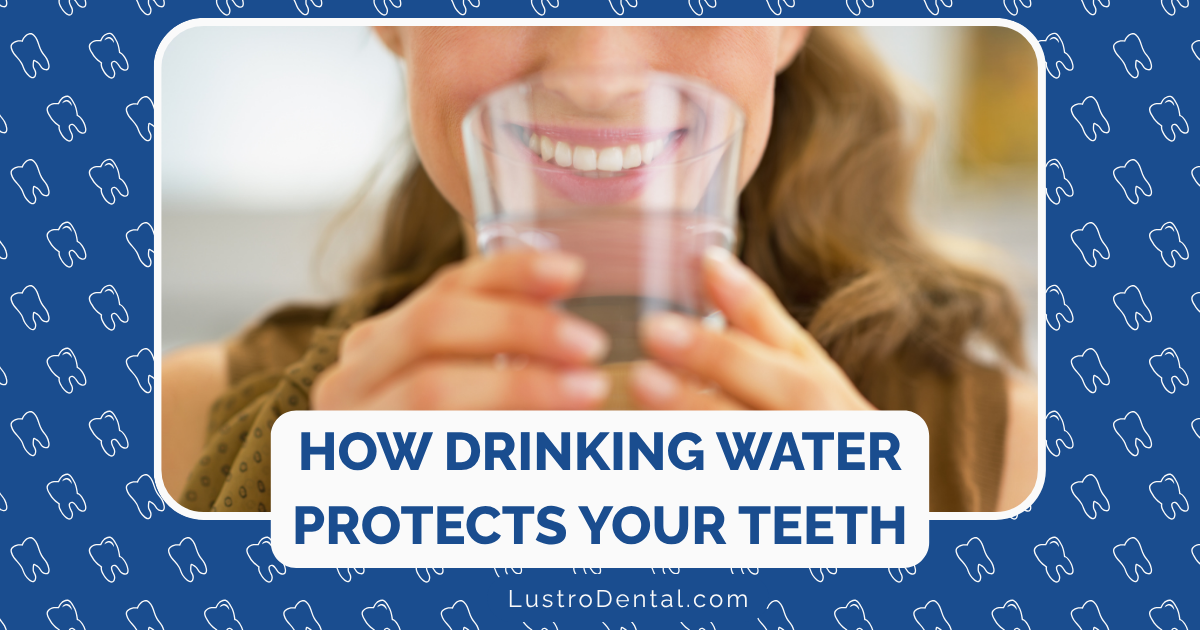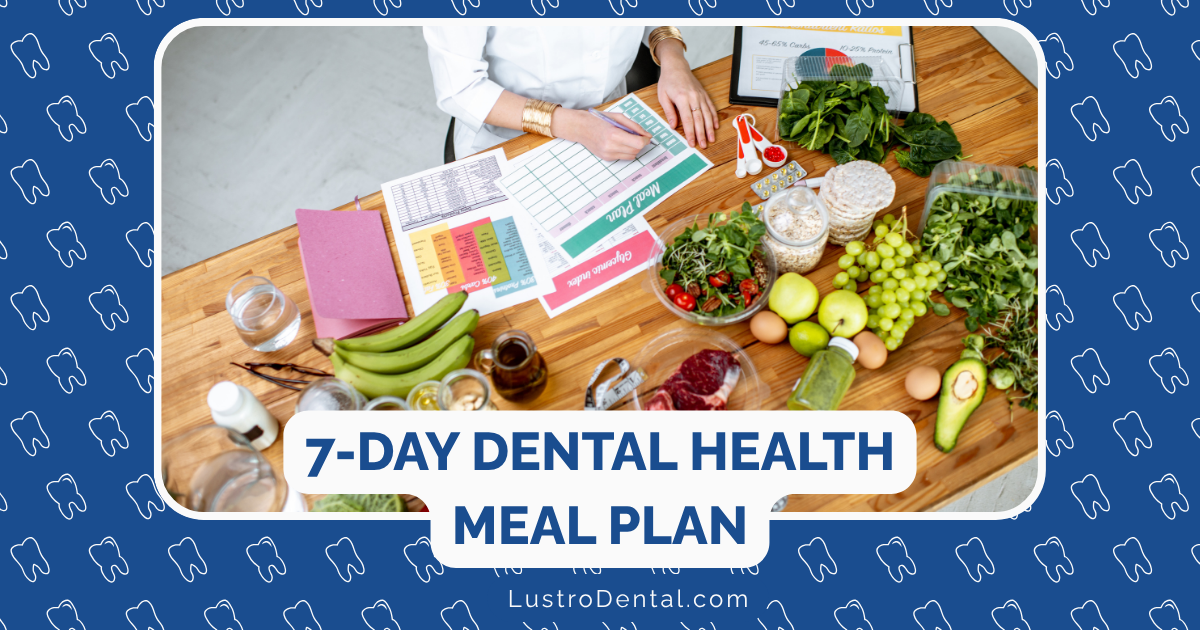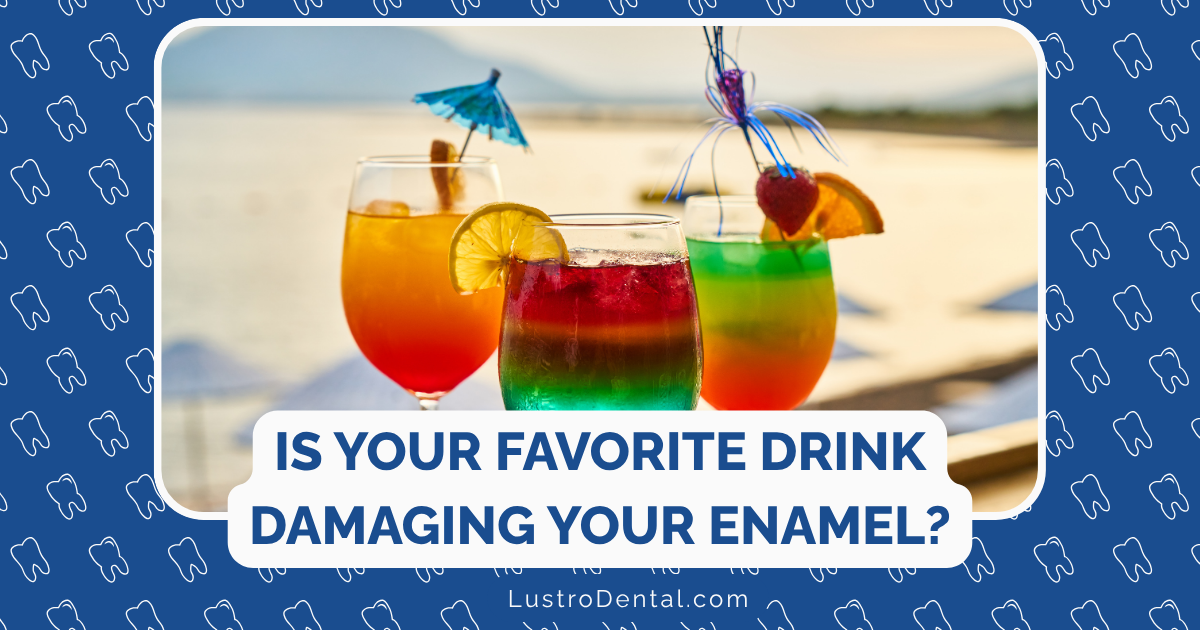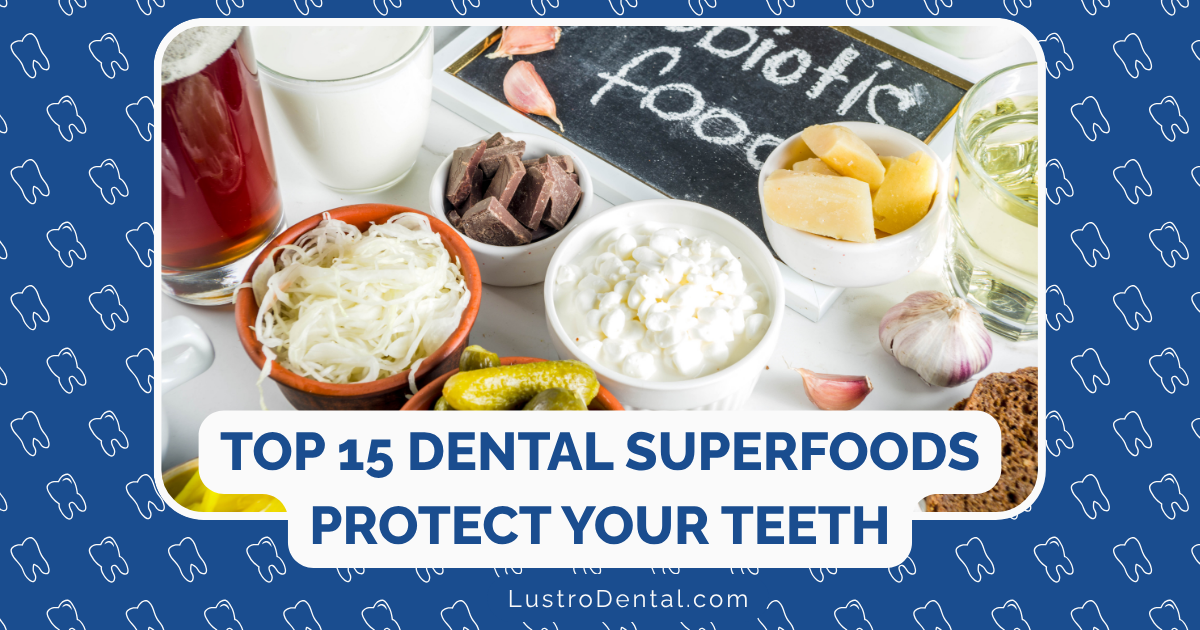Hidden Sugars That Are Destroying Your Teeth (Even in ‘Healthy’ Foods)
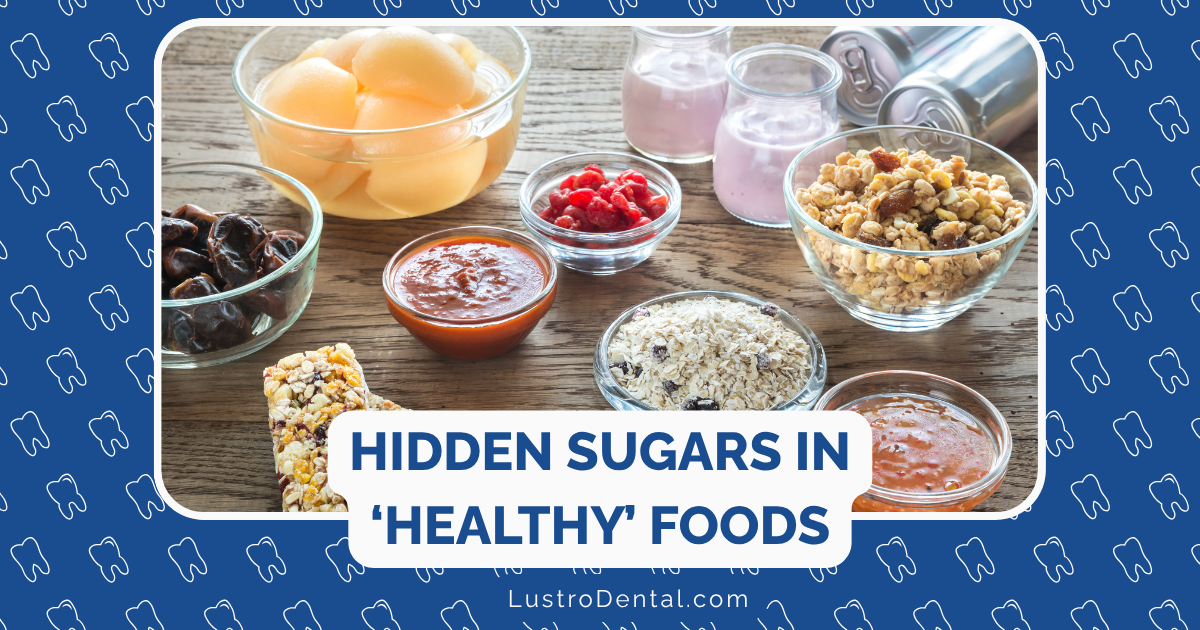
You’ve probably heard the saying “sugar rots your teeth” since childhood. But what if I told you that some of the “healthy” foods in your pantry might be doing just as much damage as that candy bar you’re avoiding? The truth is, many foods marketed as nutritious options are secretly loaded with sugars that are silently eroding your dental health.
As someone passionate about preventive dental care, I’ve seen countless patients surprised to learn that their diligent efforts to eat well were being undermined by hidden sugars. These sneaky sweeteners lurk in places you’d least expect, creating the perfect environment for tooth decay while flying under the radar of even the most health-conscious individuals.
Let’s pull back the curtain on these dental saboteurs and discover what’s really happening in your mouth when you consume them.
How Sugar Actually Destroys Your Teeth: The Science
Before we identify the culprits, it’s important to understand exactly how sugar damages your teeth. Contrary to popular belief, sugar itself doesn’t directly erode your enamel. Instead, it triggers a chain reaction that leads to decay.
Here’s what happens:
- Bacterial Feeding Frenzy: Your mouth contains hundreds of bacterial species, but the primary troublemakers are Streptococcus mutans and Streptococcus sobrinus. When you consume sugar, these bacteria feast on it.
- Acid Production: As bacteria metabolize sugar, they produce acids as a byproduct. According to research from the National Institutes of Health, these acids can lower the pH in your mouth to 5.5 or below—acidic enough to begin dissolving tooth enamel.
- Demineralization: This acid attack causes minerals like calcium and phosphate to leach out of your tooth enamel in a process called demineralization. Each acid attack lasts about 20-30 minutes.
- Cavity Formation: With repeated acid attacks and insufficient time for remineralization (the natural repair process), the enamel weakens progressively until a cavity forms.
Dr. Sarah Chen, a dental researcher at University of California San Francisco, explains: “What makes hidden sugars particularly dangerous is that people consume them frequently throughout the day, creating an almost constant acidic environment in the mouth. This gives teeth little opportunity to recover between acid attacks.”
The most concerning aspect? According to the World Health Organization, there’s a clear dose-response relationship between sugar consumption and dental caries—meaning the more sugar you consume (and the more frequently), the higher your risk of developing cavities.
Now, let’s unmask those seemingly innocent foods that are secretly sabotaging your smile.
1. Flavored Yogurt: The Calcium Contradiction
Yogurt is often celebrated for its calcium content, which is indeed beneficial for tooth strength. However, most flavored varieties contain shocking amounts of added sugar that completely undermine these benefits.
The Reality Check: A single 5.3-ounce container of fruit-flavored yogurt can contain up to 12 grams of added sugar—that’s nearly 3 teaspoons! Some dessert-inspired flavors pack even more, with up to 20 grams per serving.
Dr. Michael Roberts, periodontist at American Academy of Periodontology, notes: “The irony is that many patients eat yogurt specifically for dental health, unaware that the sugar content is feeding the very bacteria they’re trying to combat.”
Healthier Alternative: Choose plain, unsweetened yogurt and add fresh fruit for natural sweetness. If that’s too tart, a small drizzle of honey (which you’ll measure yourself) is better than pre-sweetened options.
2. Granola and Granola Bars: The Breakfast Betrayal
Marketed as wholesome and natural, granola products have achieved health-food status in many consumers’ minds. Yet commercially prepared granola and granola bars are often held together with surprising amounts of added sugars.
The Reality Check: A single granola bar can contain 7-12 grams of added sugar. Some protein or energy bars are even worse, with up to 20 grams per bar. That’s as much sugar as some candy bars!
Why It’s Especially Bad for Teeth: The sticky texture of granola products means they adhere to teeth longer, extending the duration of acid attacks. The combination of prolonged contact and high sugar content makes them particularly damaging to dental health.
Healthier Alternative: Make your own granola using minimal sweeteners, or choose brands specifically labeled “low sugar” or “no added sugar.” Always check the nutrition facts—ingredients like honey, maple syrup, and brown rice syrup all count as added sugars.
3. Dried Fruits: Nature’s Candy
Dried fruits like raisins, cranberries, and apricots seem like wholesome snacks, and they do contain beneficial nutrients and fiber. However, they’re essentially concentrated fruit sugars in a sticky package—a dangerous combination for teeth.
The Reality Check: A 1/4 cup serving of dried cranberries contains approximately 20 grams of sugar. That’s more sugar than you’d find in a 12-ounce can of some sodas! Even unsweetened varieties are problematic due to their concentrated natural sugars and sticky texture.
Why It’s Especially Bad for Teeth: Researcher Dr. Jennifer Lee of Colgate Oral Health Network explains: “Dried fruits are particularly problematic because they cling to teeth and get trapped in crevices. Their sticky nature means they stay in contact with teeth longer, feeding bacteria and promoting acid production for extended periods.”
Healthier Alternative: Opt for fresh fruits instead, which contain water that helps dilute their natural sugars. If you do enjoy dried fruits, eat them with meals rather than as snacks, and rinse your mouth with water afterward.
4. Fruit Juices and Smoothies: Liquid Sugar Bombs
Perhaps the most deceptive “healthy” options are fruit juices and smoothies. Often perceived as nutritious alternatives to soda, these beverages can be just as harmful to your teeth.
The Reality Check: A 16-ounce bottle of store-bought smoothie can contain up to 50 grams of sugar. Even 100% pure orange juice contains about 24 grams of sugar per cup—that’s 6 teaspoons!
According to research published in the Journal of the American Dental Association, frequent consumption of fruit juice is associated with a 30% higher risk of dental caries compared to those who rarely consume it.
Why It’s Especially Bad for Teeth: Liquids can reach all surfaces of your teeth, and many people sip these beverages slowly, prolonging acid attacks. Additionally, the acids naturally present in fruits compound the damage from bacterial acids.
Healthier Alternative: Eat whole fruits instead of drinking juice. If you do enjoy juices or smoothies, consume them in one sitting rather than sipping throughout the day, use a straw to minimize contact with teeth, and rinse with water afterward.
5. Breakfast Cereals: Morning Tooth Decay
Even cereals marketed as “whole grain,” “high fiber,” or adorned with health claims often harbor surprising amounts of added sugar.
The Reality Check: Many “healthy” cereals contain 10-12 grams of sugar per serving. Even more concerning is that most people pour more than the recommended serving size, potentially doubling their sugar intake.
Why It’s Especially Bad for Teeth: The refined carbohydrates in cereals break down into simple sugars in your mouth. When these sugars combine with milk, they create an ideal environment for acid-producing bacteria. Additionally, the sticky nature of wet cereal means it can adhere to teeth and get trapped between them.
Healthier Alternative: Choose truly unsweetened cereals like plain oatmeal or shredded wheat, then add fresh fruit for natural sweetness. Always check the ingredients list—sugar shouldn’t appear in the first few ingredients.
6. Sports Drinks: Not Just for Athletes
Many people reach for sports drinks believing they’re making a healthier choice than soda. However, these beverages are often loaded with sugar and acids that can wreak havoc on dental health.
The Reality Check: A 20-ounce bottle of a popular sports drink contains approximately 34 grams of sugar—that’s 8.5 teaspoons! Even worse, these drinks often contain citric acid, which directly erodes tooth enamel in addition to the bacterial acid production.
Dr. Robert Johnson, sports dentistry specialist at International Academy for Sports Dentistry, warns: “I’ve seen devastating enamel erosion in athletes who regularly consume sports drinks, especially those who sip them throughout training sessions.”
Healthier Alternative: Water is the best choice for hydration for most activities. For intense exercise lasting more than an hour, consider sugar-free electrolyte tablets that dissolve in water.
7. Flavored Coffees and Teas: The Daily Dental Damage
That daily latte or sweetened tea might seem like a modest indulgence, but it could be contributing significantly to tooth decay.
The Reality Check: A flavored latte can contain up to 25 grams of sugar, while bottled sweet teas often pack 20-30 grams per bottle. Even adding just one packet of sugar to your coffee multiple times a day adds up quickly.
Why It’s Especially Bad for Teeth: Many people sip these beverages slowly throughout the morning, extending acid attack time. Coffee and tea can also stain teeth, making any developing decay harder to spot during self-examination.
Healthier Alternative: Transition to unsweetened coffee or tea, perhaps using cinnamon or vanilla extract for flavor. If you must sweeten, use a minimal amount and try to finish your drink within a short time rather than sipping for hours.
8. Condiments and Sauces: The Hidden Sugar Vehicles
Savory condiments might be the last place you’d expect to find sugar, but many popular sauces contain surprising amounts.
The Reality Check: Just one tablespoon of ketchup contains about 4 grams of sugar. BBQ sauce is even worse, with up to 8 grams per tablespoon. Even “healthy” options like some salad dressings can contain 5-7 grams per serving.
Why It’s Especially Bad for Teeth: These condiments often cling to teeth and get trapped between them. Their acidity compounds the problem, creating a double attack on your enamel.
Healthier Alternative: Make your own sauces and dressings when possible, controlling the amount of sugar added. For store-bought options, read labels carefully and choose brands with minimal added sugars.
Protecting Your Teeth in a Sugar-Filled World
While it’s nearly impossible to avoid all hidden sugars, these strategies can help minimize their impact on your dental health:
1. Timing Matters
Consume sugary foods during meals rather than as snacks. Your mouth produces more saliva during meals, which helps neutralize acids and wash away food particles.
2. Use a Straw
When drinking sugary beverages, use a straw to minimize contact with your teeth.
3. Rinse After Eating
Swish with water after consuming foods with hidden sugars to help wash away residue.
4. Wait to Brush
Counterintuitively, wait 30-60 minutes after consuming acidic foods or drinks before brushing. Brushing immediately can damage enamel that’s been temporarily softened by acid.
5. Chew Sugar-Free Gum
Chewing sugar-free gum, especially those containing xylitol, stimulates saliva production and can help neutralize acids. According to the American Dental Association, xylitol may even help prevent bacteria from sticking to teeth.
6. Become a Label Detective
Get in the habit of checking nutrition facts and ingredients lists. Look for terms like sucrose, high-fructose corn syrup, dextrose, maltose, and fruit juice concentrate—all of which are forms of added sugar.
The Bottom Line
The “health halo” surrounding many foods can blind us to their potential impact on dental health. By becoming aware of these hidden sources of sugar, you can make more informed choices that protect both your overall health and your smile.
Remember, it’s not just the amount of sugar that matters but also the frequency of exposure. Even small amounts of hidden sugars consumed throughout the day can significantly increase your risk of tooth decay.
Dr. Lisa Williams, chief dental officer at Delta Dental, summarizes it well: “The most dangerous sugar is the sugar you don’t know you’re eating. Being aware of hidden sugars is the first step toward protecting your dental health in a world where these sweeteners are increasingly ubiquitous.”
Your smile is too important to be undermined by sugars hiding in supposedly healthy foods. With knowledge and vigilance, you can enjoy good nutrition while keeping your teeth strong and healthy for years to come.
What “healthy” food surprised you most with its hidden sugar content? Share your thoughts in the comments below!



